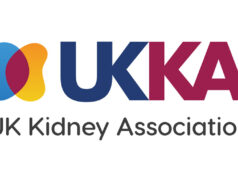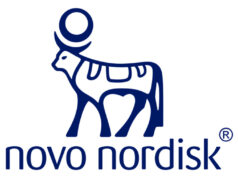 Integrating patient-reported data on lifestyle and health information could help clinicians predict incident chronic kidney disease (CKD)—that’s the position of the authors behind a new study published in the Clinical Journal of the American Society of Nephrology (CJASN).
Integrating patient-reported data on lifestyle and health information could help clinicians predict incident chronic kidney disease (CKD)—that’s the position of the authors behind a new study published in the Clinical Journal of the American Society of Nephrology (CJASN).
Prediction tools for CKD that incorporate a variety of data on a patient’s health “could increase CKD awareness… and prevent disease,” claim the authors, who were led by Ariana J Noel (University of Ottawa, Ottawa, Canada). To test the potential of these tools, they developed a survey-based risk equation that was designed to predict incident CKD (eGFR <60ml/min per 1.73m2), “both with and without a baseline eGFR”.
For the data used in their model’s prediction Noel et al drew on a cohort of 22,000 individuals in Ontario, Canada (mean age 55 years, 58% women) tasking them with completing a survey through the Canadian Community Health Survey (CCHS) and using the Ontario Laboratory Health System (OLHS). External validation, meanwhile, was performed using data from the UK Biobank (n=15,522) of models both including and excluding baseline eGFR. The primary outcome was new-onset CKD (eGFR <60ml/min per 1.73m2), and the median follow-up time was 4.2 years, while the maximum was eight years.
The variables included in the final model were outlined by senior author Manish Sood (Ottawa Hospital, Ottawa, Canada) in a podcast hosted alongside the study on the website of the CJASN. These ranged from hypertension, diabetes mellitus, cancer status and eGFR (if known) to “factors widely known to the general public,” such as age, sex, smoker status, physical activity and alcohol intake. Prediction equations within the model also incorporated comorbidities, diet and mood factors.
New-onset CKD was found in 1,981 patients (9%) of the cohort during the median follow-up time. The authors described the model as “discriminating in individuals with and without a baseline eGFR measure” (5-year c-statistic with baseline eGFR: 83.5, 95% confidence interval [CI], 82.2 to 84.9; without: 81.0, 95% CI, 79.8 to 82.4). They also called it “well-calibrated”, finding that in external validation the five-year c-statistic was “78.1 (95% CI, 74.2 to 82.0) and 66.0 (95% CI, 61.6 to 70.4), with and without baseline eGFR, respectively”, maintaining its calibration.
Sood said tools such as the one developed for this study are “an emerging means for CKD patients to be empowered in terms of their own health”, allowing them to assess their own risks of developing the condition “without self-perceived bias from healthcare professionals”. It eases the process of discussing “detrimental health behaviours”, which Sood describes as “not always easy” for clinicians. Risk equations that included lifestyle may serve as a “neutral calculator to assess risk”.
They also, he says, make it “relatively simple” for a patient to assess themselves, nor do they require knowledge of baseline eGFR to do so. Speaking additionally and exclusively to Renal Interventions, he added: “The calculator has received considerable attention in Canada—I hope it is a valuable tool in empowering individuals to take charge of their health. The true innovation in this risk calculator is it’s the first (to our knowledge) that targets the patient (not healthcare providers) to calculate their own risk and learn about CKD. It is hosted, along with a series of other health-related calculators on the website projectbiglife.ca.”












